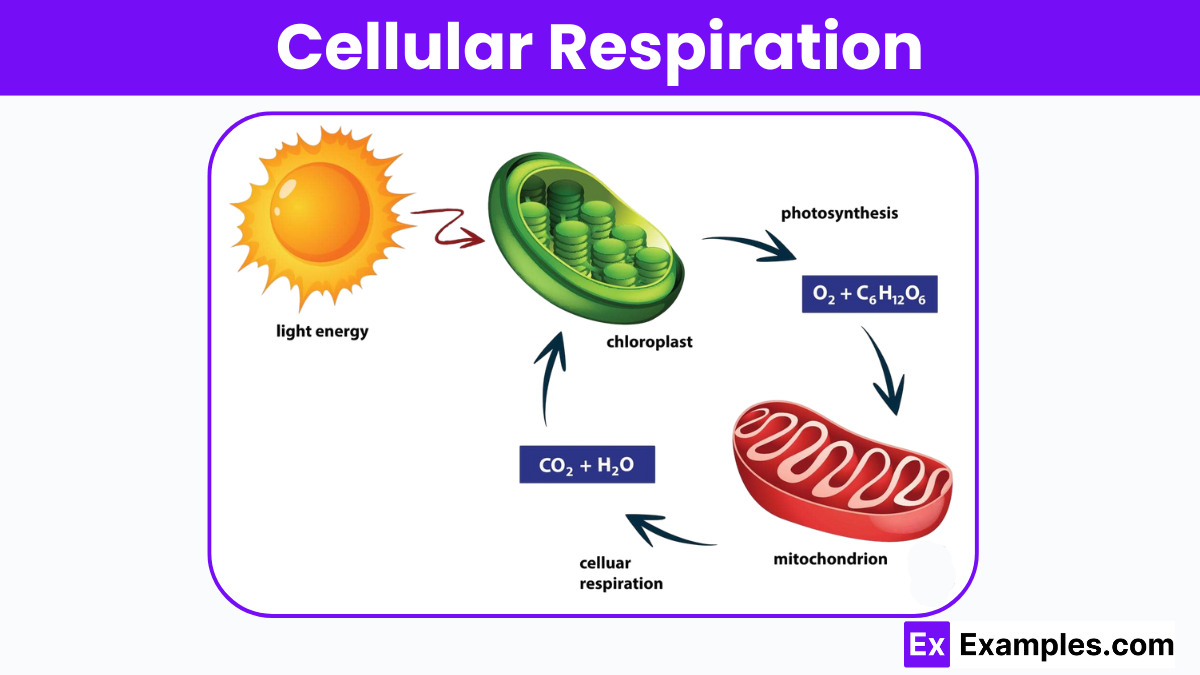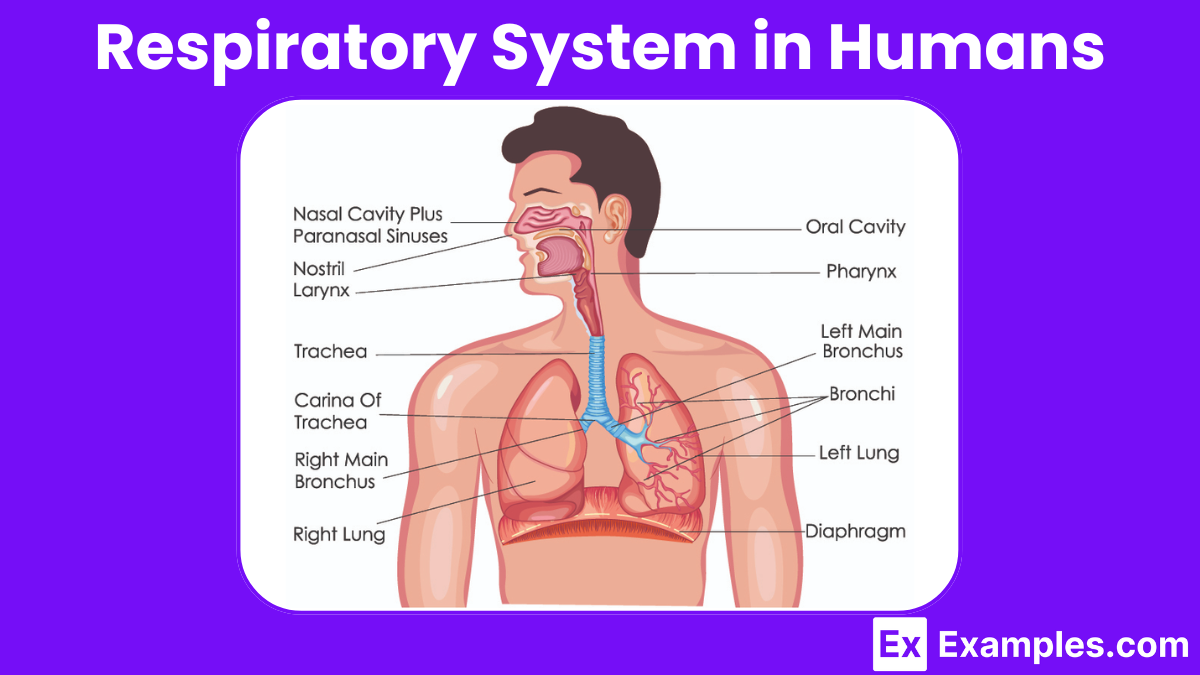What is the primary function of respiration in living organisms?
To produce energy for cellular activities
To remove waste products from the body
To provide nutrients to cells
To transport oxygen to the blood

Respiration is a vital biological process through which living organisms convert nutrients into energy, crucial for survival. This process involves the inhalation of oxygen and the exhalation of carbon dioxide, occurring at both cellular and organismal levels. In cellular respiration, cells break down glucose, releasing energy stored in its chemical bonds. This energy fuels various cellular activities, ensuring the organism’s growth, repair, and maintenance
Respiration is a critical biological process that allows living organisms to obtain energy from their environment. This process can be divided into two main types: cellular respiration and breathing.
Cellular respiration is a chemical process that occurs within the cells of organisms. In this process, cells convert nutrients, primarily glucose, into ATP (adenosine triphosphate), the energy currency of the cell. This conversion involves the breakdown of glucose in the presence of oxygen, a process known as aerobic respiration. Aerobic respiration is highly efficient and produces up to 38 ATP molecules from a single glucose molecule. However, in environments lacking oxygen, cells may undergo anaerobic respiration, which is less efficient and produces only 2 ATP molecules along with byproducts like lactic acid or ethanol.
Breathing is the physical process of inhaling oxygen and exhaling carbon dioxide from the atmosphere. In animals, this process involves respiratory systems, such as lungs in mammals or gills in fish, which facilitate the exchange of gases between the organism’s blood and the external environment.
Respiration is a critical biological process through which all living organisms extract energy from food. This process falls into two main categories: aerobic respiration and anaerobic respiration.
Aerobic respiration requires oxygen to proceed and represents the most efficient form of energy production in respiration. Most animals, plants, and many microorganisms commonly use this process.
Anaerobic respiration does not require oxygen and occurs in environments where oxygen is scarce, such as in certain bacterial environments, deep-sea vents, or human muscles during intense exercise.

Cellular respiration is an essential process that all living organisms use to extract energy from food molecules and convert it into a usable form, ATP. This complex biochemical pathway is fundamental for survival, driving everything from basic cellular functions to complex behaviors in multicellular organisms.
The overall chemical equation for cellular respiration can be summarized as follows:
C₆H₁₂O₆ + 6O₂ → 6CO₂ + 6H₂O + Energy (ATP)
This equation represents the breakdown of glucose (C₆H₁₂O₆), a simple sugar that is a key energy source in many organisms. During cellular respiration, glucose combines with oxygen (O₂) to produce carbon dioxide (CO₂), water (H₂O), and energy in the form of ATP.
Cellular respiration includes three primary stages: glycolysis, the Krebs cycle, and oxidative phosphorylation.
Breathing, also known as ventilation, is a physiological process essential for life in many organisms, facilitating the exchange of gases with the environment. This process primarily involves two key actions: inhalation and exhalation.
Inhalation is the intake of air into the lungs, where oxygen is absorbed into the bloodstream. During inhalation, the diaphragm and intercostal muscles (located between the ribs) contract, expanding the chest cavity and creating a lower pressure inside the lungs compared to the atmosphere. This pressure difference drives air into the lungs.
Exhalation is the release of air from the lungs, expelling carbon dioxide—a waste product of cellular respiration—back into the environment. In this phase, the diaphragm and intercostal muscles relax, the chest cavity contracts, and the pressure inside the lungs increases, pushing air out.
Different animals have adapted various respiratory systems to optimize breathing based on their environment:

External respiration involves the intake of oxygen from the atmosphere and the expulsion of carbon dioxide from the blood. This process mainly occurs in the lungs through the following steps:
Internal respiration refers to the exchange of gases between the blood and the body’s cells. This process is essential for delivering oxygen to cells and removing carbon dioxide from them. The steps include:
Respiration is the process by which cells convert nutrients into energy and expel waste.
Respiration involves glycolysis, the Krebs cycle, and oxidative phosphorylation to produce ATP.
During respiration, cells break down glucose to produce energy in the form of ATP, releasing CO2 and water as byproducts.
Respiration is the biochemical process that converts food into energy, essential for all biological functions and survival.
Respiration is a cellular process for energy production, while breathing is the physical act of inhaling and exhaling air.
Text prompt
Add Tone
10 Examples of Public speaking
20 Examples of Gas lighting
What is the primary function of respiration in living organisms?
To produce energy for cellular activities
To remove waste products from the body
To provide nutrients to cells
To transport oxygen to the blood
Which part of the cell is primarily involved in aerobic respiration?
Nucleus
Ribosome
Mitochondrion
Endoplasmic reticulum
What is the main product of anaerobic respiration in muscle cells?
Lactic acid
Carbon dioxide
Ethanol
Oxygen
Which of the following processes occurs during cellular respiration?
Photosynthesis
Fermentation
Glycolysis
Transcription
During which stage of respiration is the majority of ATP produced?
Glycolysis
Krebs cycle
Electron transport chain
Fermentation
In which part of the cell does the Krebs cycle take place?
Cytoplasm
Nucleus
Mitochondrial matrix
Ribosome
What role does oxygen play in aerobic respiration?
It acts as a catalyst for glycolysis
It is the final electron acceptor in the electron transport chain
It converts glucose into pyruvate
It breaks down lactic acid
Which type of respiration does not require oxygen?
Aerobic respiration
Anaerobic respiration
Photosynthesis
Cellular respiration
What is the primary function of the electron transport chain?
To produce glucose
To create ATP through oxidative phosphorylation
To convert pyruvate into acetyl-CoA
To break down fatty acids
Which process occurs in the cytoplasm of the cell during respiration?
Electron transport chain
Krebs cycle
Glycolysis
Oxidative phosphorylation
Before you leave, take our quick quiz to enhance your learning!

